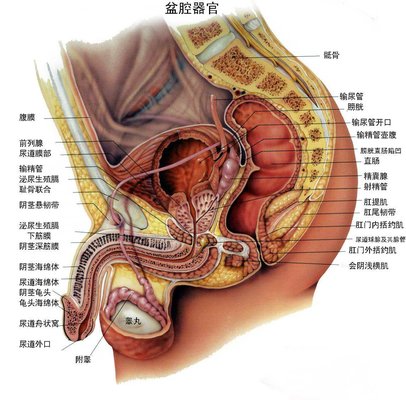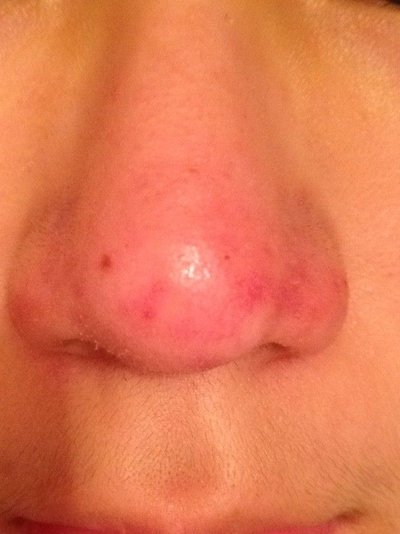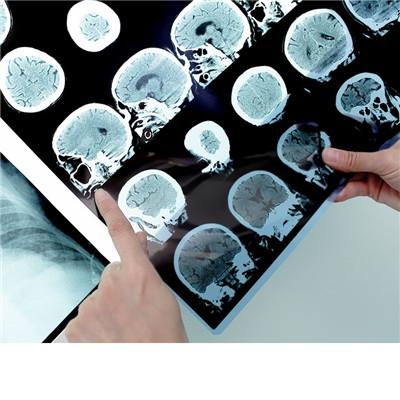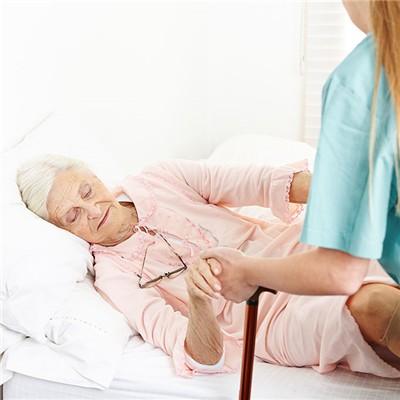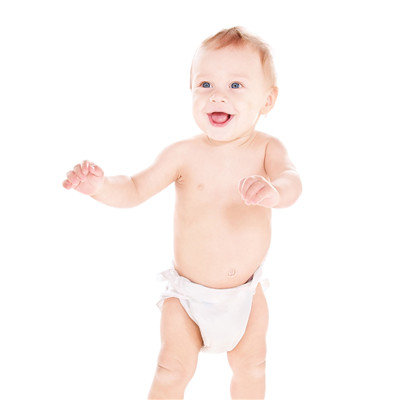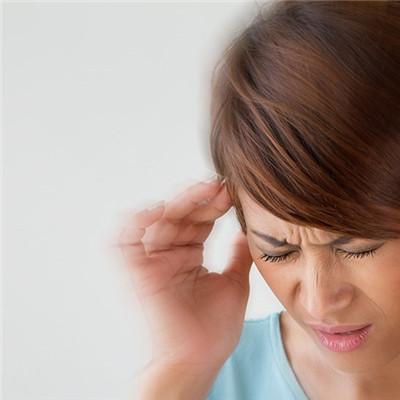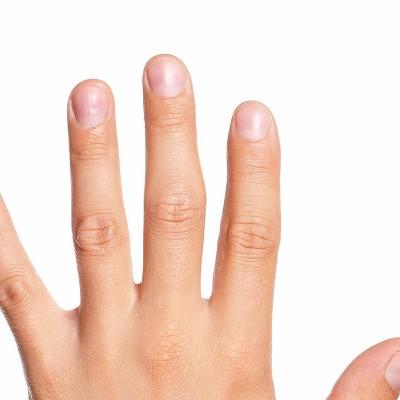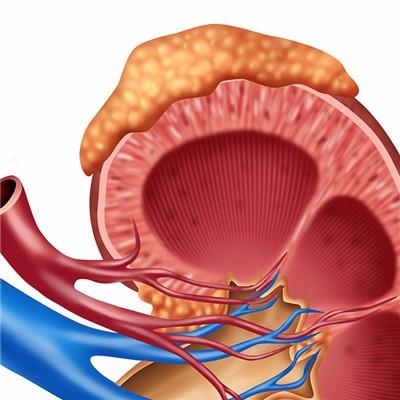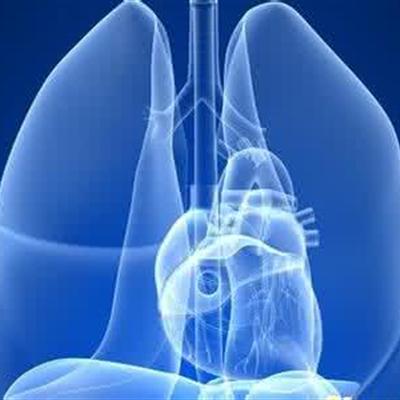What symptom does alveolus rupture have?
summary
The wall of pulmonary bullae is very thin, which is composed of flat epithelial cells of alveoli, or only fibrous membrane. It can coexist with a variety of emphysema, usually on the side of the septum or beside the lobule, with carbon deposition, such as coal miners' pneumoconiosis, or without carbon deposition, such as scar tissue emphysema. Pulmonary bullae is a kind of lung disease that seriously endangers people's life and health. If it is not treated in time, not only the symptoms become more serious, but also the risk of pneumothorax may occur. It can be seen that the key to the rehabilitation of pulmonary bullae is early detection and early treatment. What symptom does alveolus rupture have? I'd like to share my views with you.
What symptom does alveolus rupture have?
Small bullae themselves do not cause symptoms, and patients with simple bullae often have no symptoms. Some bullae can remain unchanged for many years, and some bullae can gradually increase. The enlargement of pulmonary bullae or the appearance of new pulmonary bullae in other parts can lead to the dysfunction of pulmonary function and the gradual emergence of symptoms. Giant pulmonary bullae can make patients feel chest tightness and shortness of breath. Sudden enlargement and rupture of pulmonary bullae can produce spontaneous pneumothorax, and cause severe dyspnea, or chest pain similar to angina pectoris.
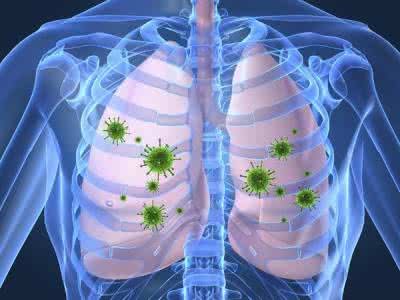
Patients with pulmonary bullae often have chronic bronchitis, bronchial asthma and emphysema. The clinical symptoms are mainly caused by these diseases, but after the formation of pulmonary bullae, the clinical symptoms are further aggravated. Secondary infection of pulmonary bullae can cause cough, expectoration, chills and fever, and cyanosis in severe cases.

If the drainage bronchus is blocked, the bullous cavity of the lung is filled with inflammatory substances, which can make the cavity disappear. Clinically, the symptoms of infection may disappear after treatment, and the bullous shadow on chest X-ray does not subside for several weeks or months.
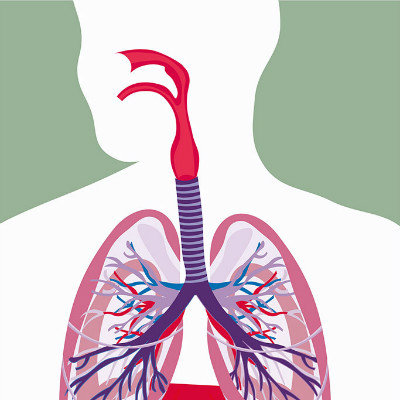
matters needing attention
1. Early detection, early diagnosis and early treatment are the fundamental principles of prevention and treatment. 2. People with long and thin body and panting after exercise or fatigue are the high incidence of pulmonary bullae, which should be paid attention to. 3. Patients with pulmonary bullae should not hold their breath too much. 4. It's better to operate in time for young people and recurrent patients.
